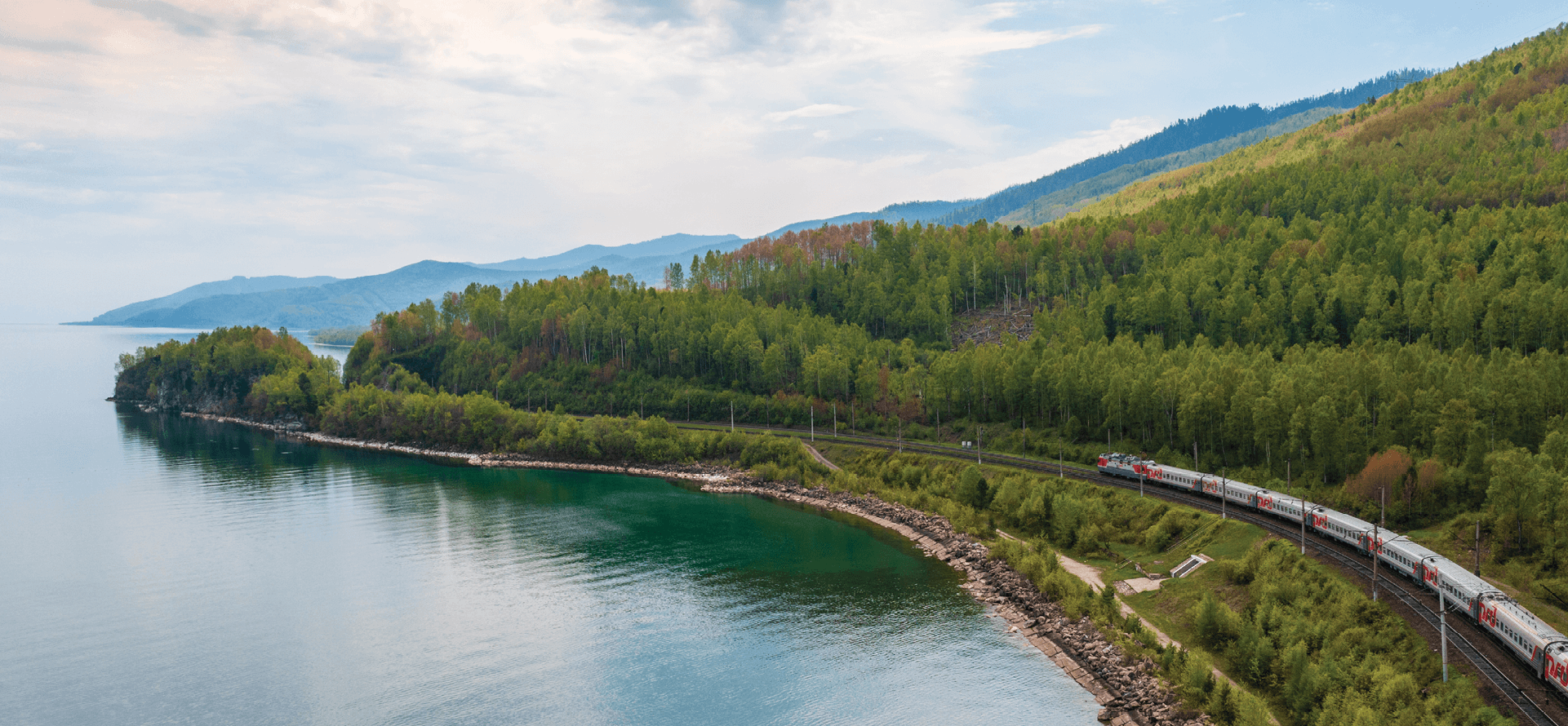Water resources
Key elements of Russian Railways’ approach to water use management:
- lower water consumption through efficient water use;
- reduction in wastewater discharge;
- prevention of water bodies pollution.
The Company withdraws water from surface and underground sources solely in accordance with the applicable laws (under water use agreements and extraction licences), without causing any significant environmental impact. None of the regions of the Company’s operations are classified as areas with water stress.
Targets set by Russian Railways’ Environmental Strategy are being met under the Clear Water and Environmental Safety investment programmes. To decrease the discharge of insufficiently treated wastewater, we prepared a medium-term target programme to bring the treatment facilities up to the regulatory standards by 2025.
Water consumption
In 2022, Russian Railways used 61.43 mcm of water, a reduction of 5.9 mcm or 8.8% y-o-y (target – 1.6%), including 52% for utility and drinking needs and 48% for process needs.
To ensure sanitary and epidemiological safety for consumers, the Railway Hygiene and Epidemiology Centre performs regular drinking water quality checks at the Company’s facilities.
The Company is running a Clear Water project to upgrade railway water supply systems. The project seeks to align the quality of water supplied to consumers with standards set by the Russian sanitation and environmental laws. It is part of Russian Railways’ Programme for Improving Drinking Water Supply at Railways. The programme features the construction of new and renovation of existing water supply networks; the implementation of de-ironing systems; the procurement and installation of both modular water treatment plants and local industrial water treatment systems.
In 2022, the Privolzhskaya Railway saw wells reconstructed at the Anisovka station and a modular water treatment plant installed at the Atkarsk station. Water treatment equipment was supplied to Naugolnaya, Gzhel, and Drachevo stations of the Moscow Railway and Partizansk station of the Far Eastern Railway.

Wastewater discharge
In 2022, the Company’s wastewater discharge totalled 153.62 mcm, including 116.60 mcm of wastewater released into the environment and 37.02 mcm – into centralised water disposal systems.
In the reporting year, the Group’s wastewater discharges into surface water bodies and on land amounted to 4.418 mcm, with:
- insufficiently treated wastewater coming in at 4.417 mcm;
- untreated wastewater at 0.001 mcm.
As compared to 2021, wastewater discharge went down by 5.2% (target – 4.5%).
As of the end of the reporting year, there were 457 treatment facilities at the Company’s units, including 294 local and 163 sewage treatment facilities, of which 294 (65%) are treatment facilities releasing wastewater into disposal networks, 129 (28%) – into water bodies, and 34 (7%) – on land.
Plans for 2023
The Company set the following water management targets for 2023:
- reducing water use by 1.3% compared to 2022;
- cutting wastewater discharges into surface water and on land by 4.0% compared to 2022.
To that end, there are environmental protection measures slated for 2023, including renovation and construction of treatment facilities, introduction of environmental protection equipment and flushing of water pipelines. Once implemented, they will allow the Company to reduce wastewater discharges into water bodies and on land by 183,000 cu m.
